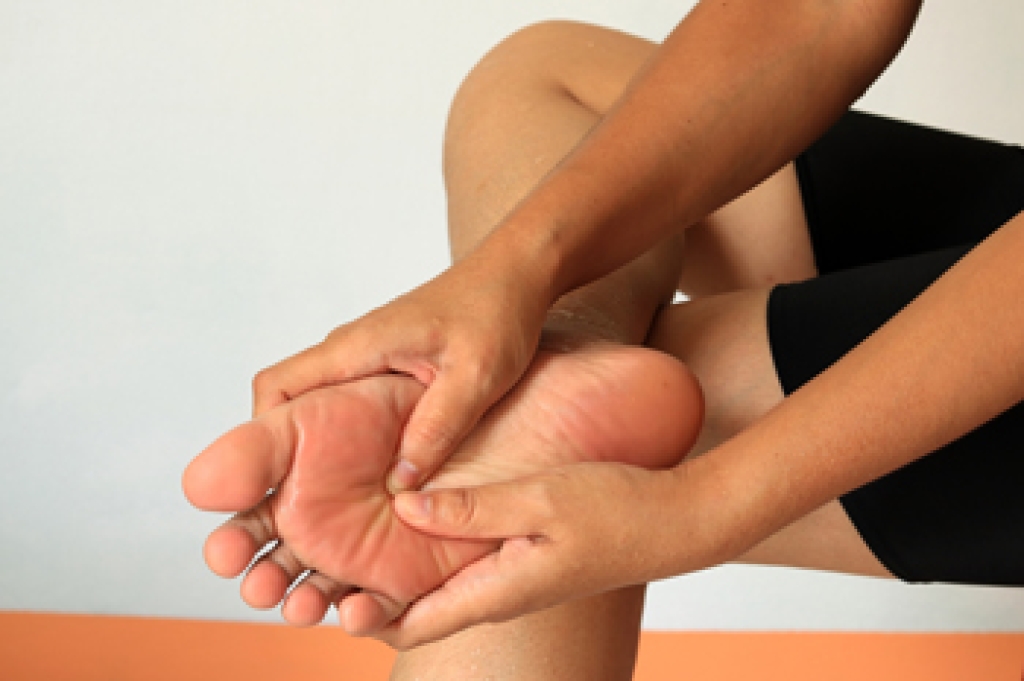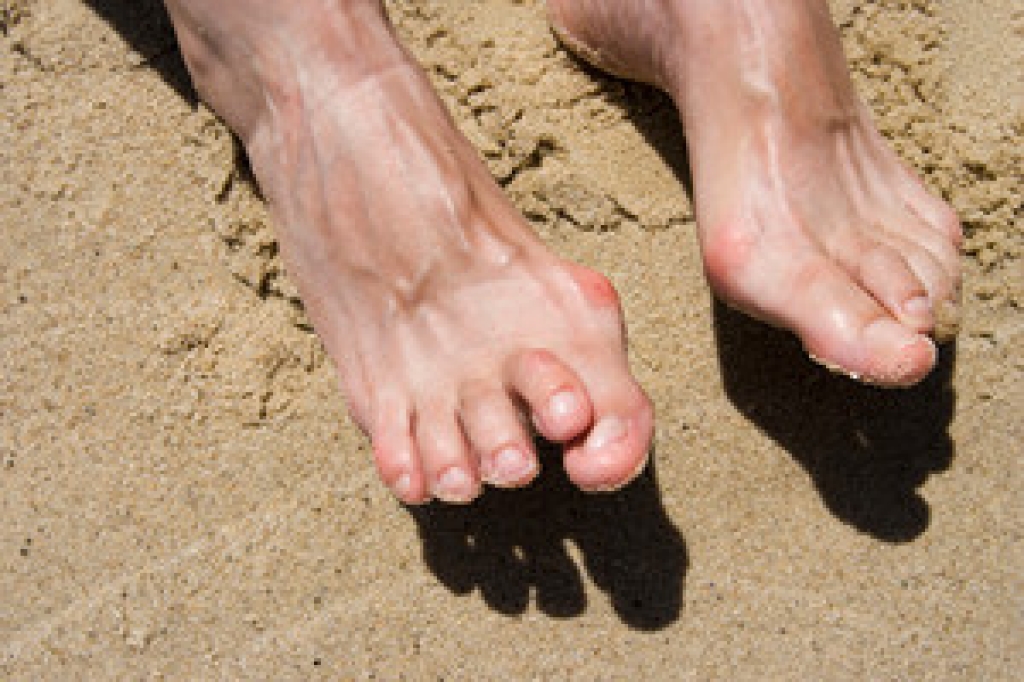
Pain in the second toe can result from a sprain or fracture, often caused by trauma, such as stubbing the toe, dropping something heavy on it, or repetitive stress from activities like running. Symptoms may include swelling, bruising, difficulty bearing weight, and pain that worsens with movement. The toe may appear misaligned or have limited range of motion. A sprain involves stretched or torn ligaments, while a fracture is a break in the bone, both of which can feel sharp, throbbing, or tender to the touch. A podiatrist can evaluate the injury through a clinical exam and imaging, such as X-rays, to determine the severity. Treatment options include taping or splinting the toe, wearing a stiff-soled shoe, or in some cases, immobilization with a boot or surgery. Delaying treatment can lead to complications, such as joint stiffness or improper healing. To ensure proper care and recovery, it is suggested that you make an appointment with a podiatrist.
Toe pain can disrupt your daily activities. If you have any concerns, contact one of our podiatrists of Lewis Wolstein, DPM, P.C. & Associates. Our doctors can provide the care you need to keep you pain-free and on your feet.
What Causes Toe Pain?
Most severe toe pain is caused due to a sports injury, trauma from dropping something heavy on the toe, or bumping into something rigid. Other problems can develop over time for various reasons.
Toe pain can be caused by one or more ailments. The most common include:
- Trauma
- Sports injury
- Wearing shoes that are too tight
- Arthritis
- Gout
- Corns and calluses
- Hammertoe
- Bunions
- Blisters
- Ingrown toenails
- Sprains
- Fractures (broken bones)
- Dislocations
When to See a Podiatrist
- Severe pain
- Persistent pain that lasts more than a week
- Signs of infection
- Continued swelling
- Pain that prevents walking
Diagnosis
In many cases the cause of toe pain is obvious, but in others, a podiatrist may want to use more advanced methods to determine the problem. These can range from simple visual inspections and sensation tests to X-rays and MRI scans. Prior medical history, family medical history, and any recent physical traumatic events will all be taken into consideration for a proper diagnosis.
Treatment
Treatments for toe pain and injuries vary and may include shoe inserts, padding, taping, medicines, injections, and in some cases, surgery. If you believe that you have broken a toe, please see a podiatrist as soon as possible.
If you have any questions please contact our office located in Co-Op City, NY . We offer the newest diagnostic and treatment technologies for all your foot and ankle needs.




